April 21, 1806
Several severe blows
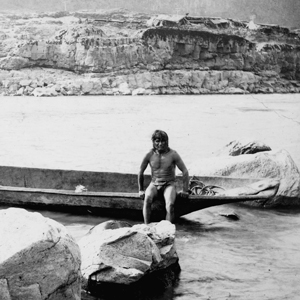
When items are stolen from his camp, Lewis gives an Indian “several severe blows” and then threatens to kill and burn the entire village. After portaging Celilo Falls, they proceed on by horse and canoe.
Several severe blows

When items are stolen from his camp, Lewis gives an Indian “several severe blows” and then threatens to kill and burn the entire village. After portaging Celilo Falls, they proceed on by horse and canoe.
Stolen canoe claimed
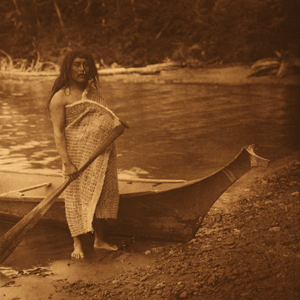
On their way to present Aldrich Point, they cross shallow waters crowded with islands, and a Kathlamet man guides them to the correct channel. The guide claims he is the owner of one of their canoes.
Lost Chinookan canoe
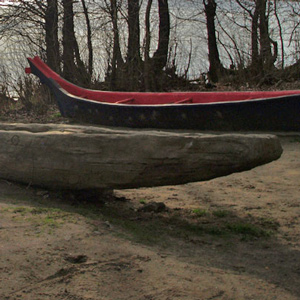
Fort Clatsop, OR Careless paddlers fail to properly secure a canoe the previous night, and it floats away with the tide. Several men search for the lost Chinookan canoe without any luck. In Washington City, President Jefferson says the visiting Indian delegation will soon leave.
Coboway's peace medal
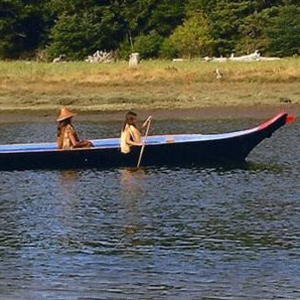
Fort Clatsop, Astoria, OR In addition to receiving Coboway’s peace medal, several Clatsops trade their food for fishhooks and Indian tobacco. Three cabin walls are completed, and the search begins to find wood suitable for making roofs.
Lining Horseshoe Bend
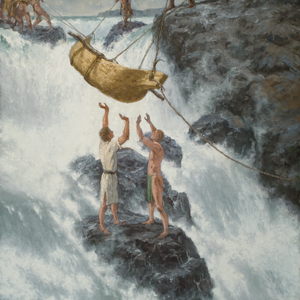
Celilo Falls, WA-OR While the men are lining the Horseshoe Bend of Celilo Falls, Lewis buys a Chinook canoe trading the smallest dugout, a hatchet, and a few trinkets.
The Clearwater Canoe Camp

Clearwater Canoe Camp, ID The entire corps moves several miles down the Clearwater setting up a canoe camp across from Ahsahka. Several are sick.
Shoshone foods
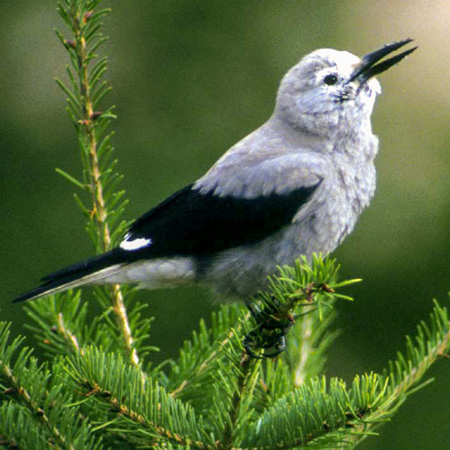
The journalists encounter several staple foods of the Lemhi Shoshones. Clark camps on a small island in the Salmon River and sees a bird new to science. Cameahwait’s People arrive at Fortunate Camp.
Too many worries

By night, the boats are within a day’s travel to Fortunate Camp. Already there, Lewis worries about the fate of the expedition. With him, the Lemhi Shoshones worry that they have been led into a trap.
Reluctant Shoshone helpers
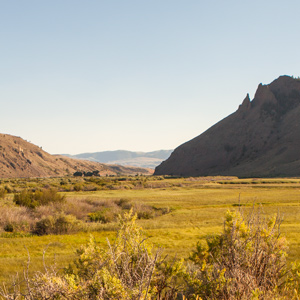
After some initial trepidation, Lewis and most of the Lemhi Shoshone cross Lemhi Pass and camp in Shoshone Cove. On the Beaverhead River, the men manage to move the dugouts to Clark’s Canyon.
Asking for Shoshone help

On the Lemhi River, Lewis asks Cameahwait to help bring the expedition’s baggage over the Continental Divide. On the Beaverhead River, Clark reprimands Toussaint Charbonneau for striking Sacagawea.
Shoshone diplomacy
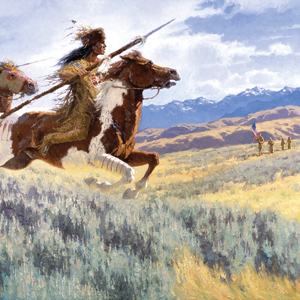
In the Lemhi River valley, Shoshone and Lewis diplomacy includes greetings, a flag presentation, a pipe ceremony, and revelry late into the night. Clark takes bearings from what is now called Clark’s Lookout.
First Shoshone encounter
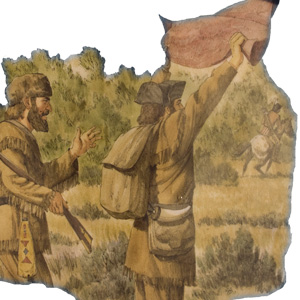
After weeks of searching, Lewis has an encounter with a Shoshone warrior. He tries several methods to persuade the man to meet with him but is unsuccessful. The boats continue up the Beaverhead.
Shallow and winding river
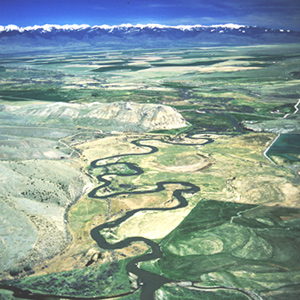
The men struggle to move the dugouts up the shallow and winding Beaverhead River. Lewis moves ahead to find Shoshones and hopefully be able to trade for horses, and Pvt. Shannon finally returns.
More forks ahead

Lewis and his small group scout for Shoshones from before dawn until dark. He sees that the already shallow Jefferson River soon forks. Several miles behind, the enlisted men tow and walk the canoes.
A bountiful valley

Seeking Shoshones, Lewis and a small group scouts ahead of the boats on Jefferson River. They see large beaver dams. Clark sees many rattlesnakes and suspects one may have bitten his ankle.
Naming the three forks
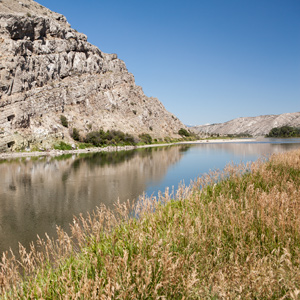
Lewis and the boats reach the end of the Missouri. After exploring the Madison River, Clark’s group returns to the headwaters, and the captains name the three forks: Jefferson, Madison, and Gallatin.
End of the Missouri
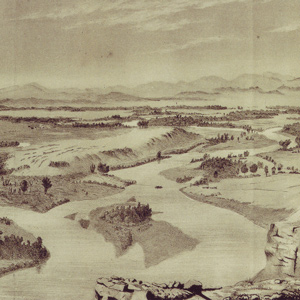
Early in the day, Clark reaches the headwaters of the Missouri. Lewis is behind with the dugouts. He describes the speed of pronghorns, and Clark explores what they would later name the Jefferson River.
Signaling the Shoshone
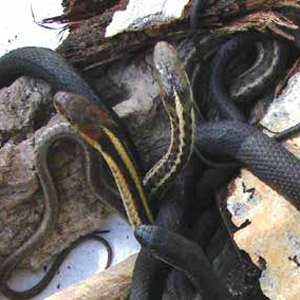
Lewis sees black garter snakes and camps with the boats near present Townsend, Montana. Meanwhile, Clark scouts ahead looking for Shoshones. The Louisiana governor discusses Fort Mandan specimens.
Progress slow and laborious
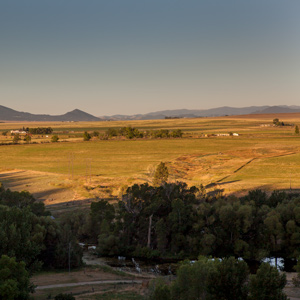
In the present Helena Valley, Clark’s group scouts for Shoshones. His party’s feet are so bruised and cut they must come back to the river and wait for Lewis. The boats struggle to make fifteen miles.
Gates of the Mountains
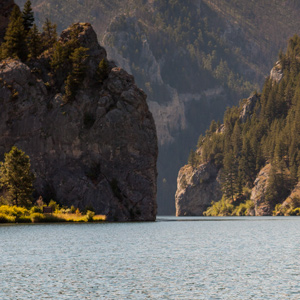
Lewis takes the dugouts through the Gates of the Mountains. Clark continues on an Indian road but finds no Shoshones. By the light of his campfire, he removes 17 prickly pear spines from his sore feet.